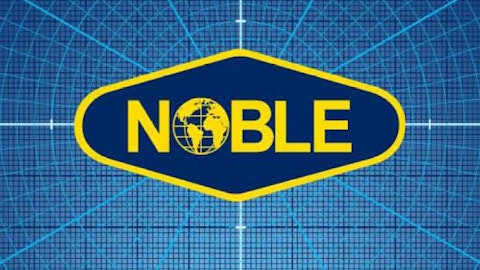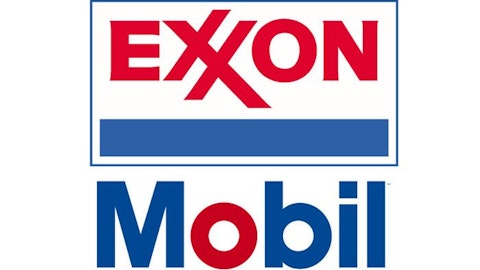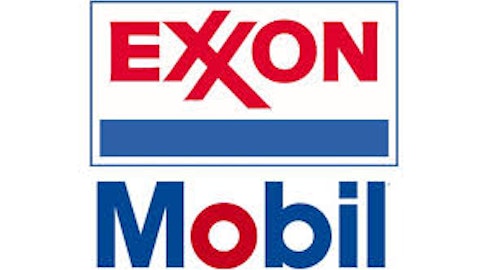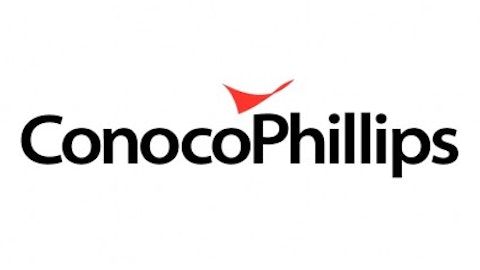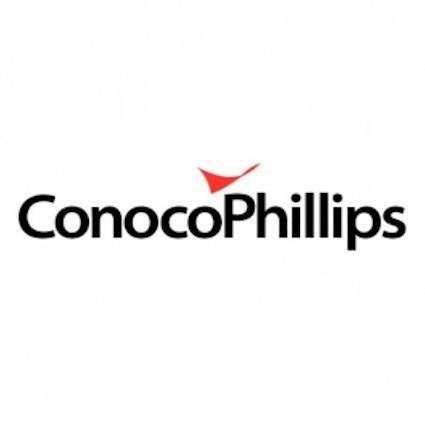
I like good dividend stocks!
ConocoPhillips (NYSE:COP) is an independent energy company focused on exploring, developing and producing crude oil and natural gas globally. It trades with a price-to-earnings ratio of 11.9, well below the industry’s average of 97.1. Also, its debt-to-equity ratio of 0.4 is below the industry’s average of 0.5.
In the last quarter, the company reported revenue totaling $14.6 billion, down from $16.0 billion for the same period last year. Its net income also declined to $2.1 billion, or $1.73 per share, from $2.9 billion, or $2.27 per share. Its cash from operations rose by 15% to approximately $4.2 billion.
ConocoPhillips (NYSE:COP) ended the quarter with $1.3 billion in free cash flow, which brings the possibility for dividend hikes in the future. The dividend payment rose by 45% to $0.69 per share. Also, the company may bring capital appreciation to its investors by implementing share repurchases.
The decline in revenue was partly due to the company’s portfolio optimization strategy. Revenue from the company’s stake in Kashagan, an oil-producing field, as well as from its Algeria and Nigeria businesses was reported as discontinued operations.
Further, the company has received official notification from the government of Kazakhstan to exercise its right in acquiring Kashagan, an oil production facility located in the North Caspian Sea. ConocoPhillips (NYSE:COP) is expected to receive $5 billion as compensation. This sale aids the company’s asset-disposition program aimed at optimizing the portfolio and bringing growth in cash margins.
ConocoPhillips (NYSE:COP) is optimizing its production portfolio in an effort to increase its operating margins. The company may be even played as an income stock.
Here comes another dividend monster
According to its most recent earnings report, revenue rose by 30% to $1.3 billion, but net income remained unchanged at $405 million. Its cash from operations declined slightly to $423 million, but its free cash swung from an outflow of $84 million to an inflow of $41 million.
A free cash inflow suggests that the company is in good standing to meet its dividend payment obligations. Seadrill Ltd (NYSE:SDRL) has been constantly hiking its dividend offer since the inception of the payout in 2007. The last dividend hike occurred during the first quarter of 2013.
The company is undergoing a strong expansion plan. It has entered into a new contract for the construction of two high-specification jack-up drilling rigs at the Dalian Shipbuilding Industry Office in China. The ships are expected to be delivered during the fourth quarter of 2015. The expansion of its fleet may bring higher revenue starting in the second half of the decade.
Seadrill Ltd (NYSE:SDRL) has also been awarded a contract by Petroleo Brasileiro Petrobras SA (ADR) (NYSE:PBR) , or Petrobras, in conjunction with SapuraKencana to charter and operate three Pipe Laying Support Vessels. The contract is for a period of eight years with an extension option for another eight years. It is expected to commence in mid-2016. The total revenue potential for this contract is estimated to be $2.6 billion.

